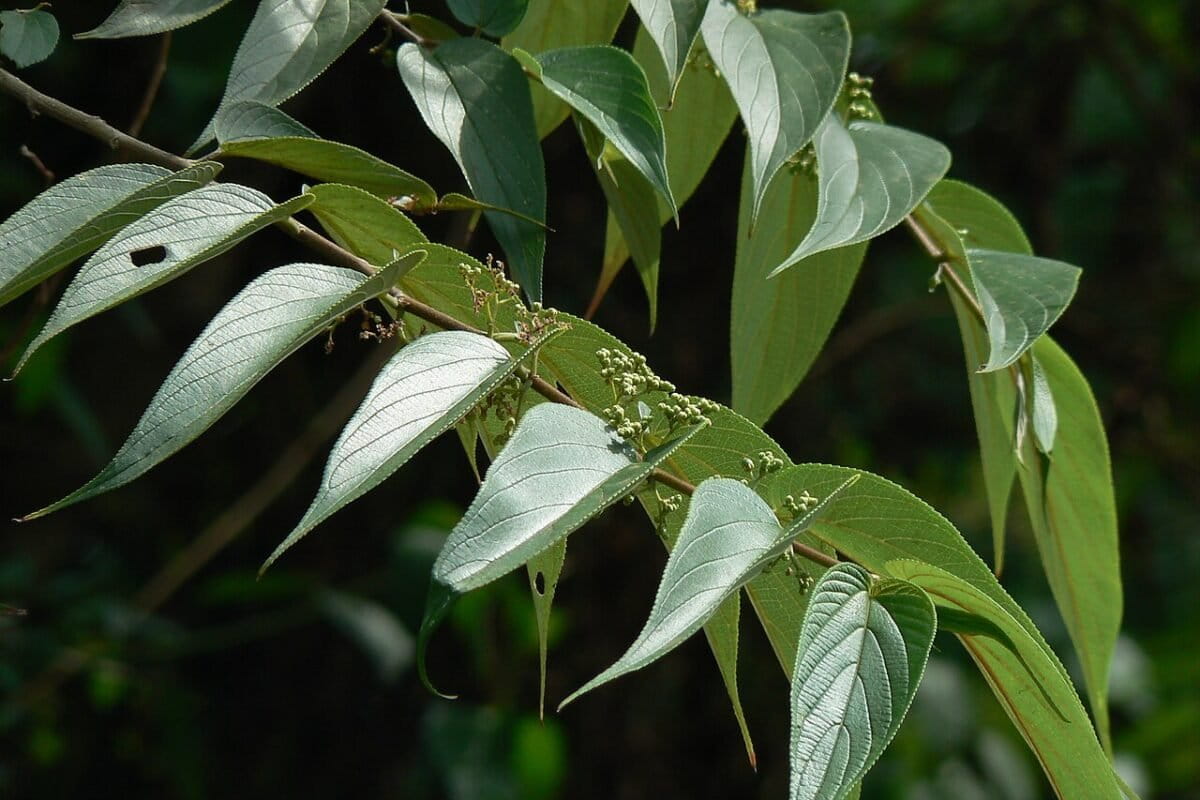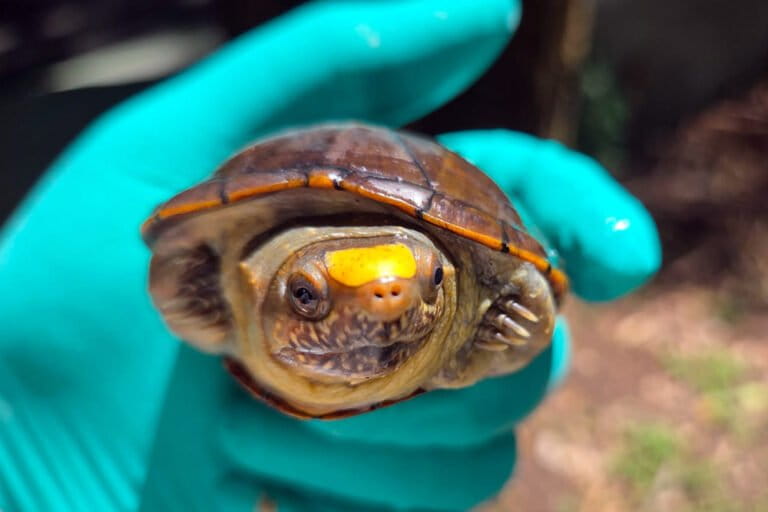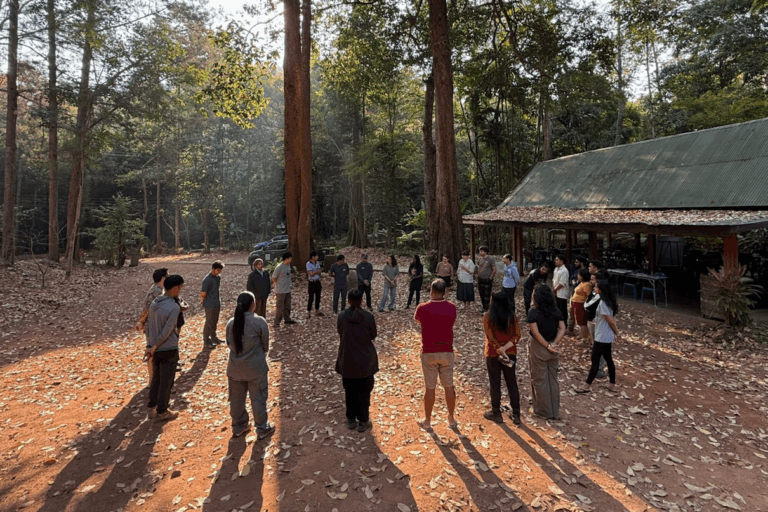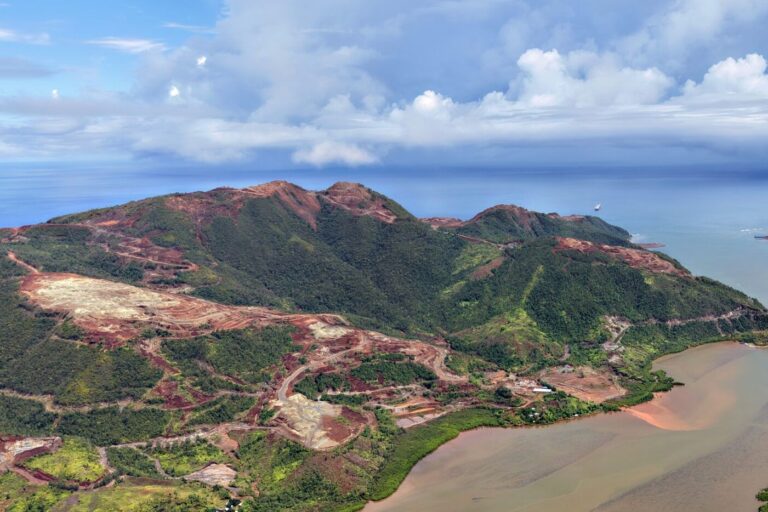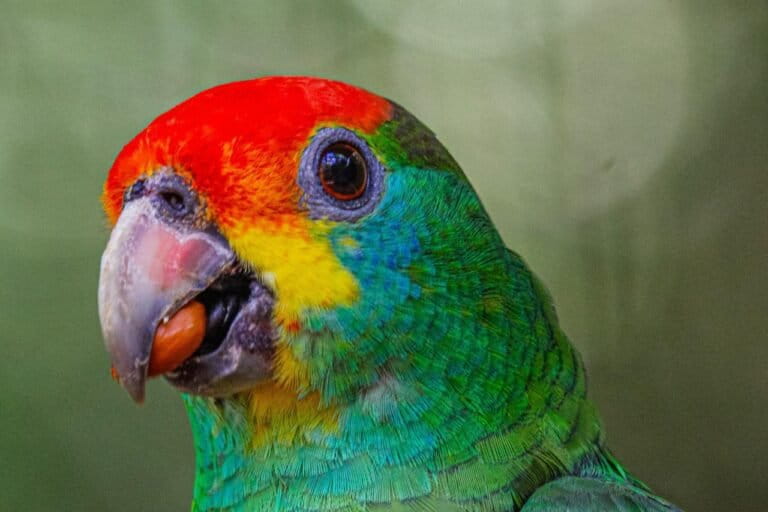- A new study estimates Niassa Special Reserve in Mozambique hosts 68–76 breeding pairs of Taita falcons, likely the world’s biggest population of the rare raptor.
- Niassa’s granite inselbergs provide hunting advantages over larger falcons, allowing the Taitas to thrive.
- Woodland clearance, charcoal production, agriculture and domestic fowl could shift the balance in favor of peregrines and lanners, but conservation measures and the resilience of miombo woodlands offer hope.
- Once-healthy populations in South Africa and Zimbabwe have collapsed, underscoring Niassa’s importance for the species’ survival.
A new study reports that the Niassa Special Reserve, a 4-million-hectare (10-million-acre) wilderness in northern Mozambique, harbors the largest documented breeding population of Taita falcons.
A survey that focused on 35 of the reserve’s towering granite inselbergs found 14 pairs of the birds. The study authors estimate the entire reserve could harbor up to 76 pairs. It’s an astonishing number for a species whose other known breeding sites host fewer than 10 pairs.
Taita falcons (Falco fasciinucha) are stocky birds with russet chests, white throats, and black facial stripes. One of the world’s rarest birds of prey, they survive in isolated, fragmented populations scattered along the eastern side of Africa, from southern Ethiopia to northeastern South Africa. The IUCN estimates their total number at up to 1,000 mature individuals, but this estimate is uncertain due to a scarcity of data from regions north of Zimbabwe and Mozambique.

Taita falcons hunt small, fast insect-eating birds such as flycatchers, swifts and bee-eaters. Hunting from Niassa’s inselbergs that rise above surrounding woodlands appears to give the raptors an edge over larger peregrine (Falco peregrinus) and lanner falcons (Falco biarmicus), which occupy this same territory in smaller numbers but must fly further in search of grain-eating prey like francolins, guineafowls and doves.
“The habitat that they have in Niassa is obviously very well suited to Taita falcons,” says Anthony van Zyl, a coauthor of the new study. “They catch [sight of] birds commuting across woodland canopy and then they dive off these cliffs, and that’s how they actually catch their food.”
Van Zyl was part of a team that visited Niassa in 2021 and conducted a weeklong survey of potential breeding sites within a 75-kilometer radius of Niassa’s administrative camp. Funded by the Peregrine Fund and supported by BirdLife South Africa, the scientists either trekked on foot or used a helicopter to reach the 35 sites and confirm falcon presence.
They found 14 breeding pairs and used that figure, combined with remote-sensing data, to model potential nesting habitat across the reserve.
“Finding Niassa as a [Taita] stronghold still, where hopefully there’s still good genetic diversity, is quite encouraging,” says Hanneline Smit-Robinson, head of conservation at BirdLife South Africa and the study’s corresponding author.

But the Taita falcons appear to need woodland to remain intact in order to maintain their edge. Once woodland clearing starts the advantage flips to lanners and peregrines, by easing their ability to see and hunt doves, their main prey, in more open habitat.
Niassa reserve is comparatively sparsely populated by people; around 60,000 live in a few dozen villages. But the researchers noted visible impacts.
“There’s quite a lot of burning of the woodland for charcoal, but also to open up the woodland for actual crop cultivation,” says Van Zyl.
Natasha Ribeiro, a professor of restoration ecology at Eduardo Mondlane University with two decades of research experience in Niassa, says human pressures do, however, remain small relative to the reserve’s vast size. She notes that charcoal burning is concentrated in a few areas in the east, while mining is confined to the west.
“Agriculture is conducted along specific corridors of human settlements, to avoid conflict with wildlife and the fact the soils are in general poor, so [farmers] tend to stay close to water courses,” she says.


Ribeiro, who wasn’t part of the falcon study, adds that the reserve’s community development department is working with locals to improve farming practices and curb uncontrolled fires.
She also points out that Niassa’s deciduous woodlands, or miombo, are naturally resilient.
“Degraded areas left behind as people move to other places recover quite quickly — in about 5 years — if no other disturbances occur,” she says. This may be positive news for the Taitas, but other factors associated with people can help the larger falcons gain an advantage over their diminutive cousins.
“Where suddenly there’s community activity, there’s game fowl, there’s chickens available as a food source, there’s more doves because of the [artificial] water sources and suddenly, especially for [the] lanner falcon, it becomes much easier [to outcompete the Taita],” says Smit-Robinson.
Habitat disturbance and the proliferation of domesticated fowl may explain sharp declines in the Taita falcons’ two other main regional breeding sites: the Batoka Gorge between Zambia and Zimbabwe, and South Africa’s Blyde River Canyon, she says.
“What we’ve been seeing here in South Africa in the Blyde River canyon is a [Taita falcon] population that’s just dwindling towards extinction,” says Smit-Robinson.
The Batoka Gorge, located below Victoria Falls, has been surveyed continuously since the 1950s: the last reliable report of an active nesting site is from 2006 on the Zimbabwean side of the gorge.
“As far as I’m concerned, that Taita falcon population at Batoka gorge has gone extinct,” says Van Zyl.
While few regular surveys have been done of potential sites further north than Batoka, or in Kenya, Malawi, Tanzania and Uganda, Smit-Robinson and Van Zyl say the birds likely persist only in tiny isolated pockets. Protecting Niassa’s intact woodland is therefore critical to the survival of the species.
The concerns over habitat loss raised in the study are important, says David Lloyd-Jones, a behavioral ecologist at the University of Cape Town who has spent eight years studying honey hunting with honeyguide birds (Indicator indicator) by members of Niassa’s Yao community. But he notes that pressures from shifting agriculture remain less extensive inside Niassa than outside it.
“Fortunately, large tracts of intact [Niassa] woodland, close to many identified and predicted Taita falcon breeding sites, remain relatively distant from human settlements,” says Lloyd-Jones, who wasn’t part of the study.
“For now,” he says, “[Niassa Special Reserve] experiences far less anthropogenic pressure, with less population growth, than many surrounding areas in northern Mozambique and southern Tanzania.”
Banner image: An adult falcon sits at a regular perch in South Africa. Image courtesy of Anthony van Zyl.
Scientists warn of ‘extinction crisis’ stalking Africa’s raptors
After terror attacks, Mozambique nature reserve faces ‘new reality’
Citation:
Brink, C. W., Van Zyl, A. J., Allan, D. G., Deacon, N. R., Walker, K. S., Colyn, R. B., … Jenkins, A. R. (2025). Taita falcon stronghold discovered: Population estimates based on a survey of Niassa special reserve in northern Mozambique. Journal of Raptor Research, 59(3). doi:10.3356/jrr2477
FEEDBACK: Use this form to send a message to the author of this post. If you want to post a public comment, you can do that at the bottom of the page.





